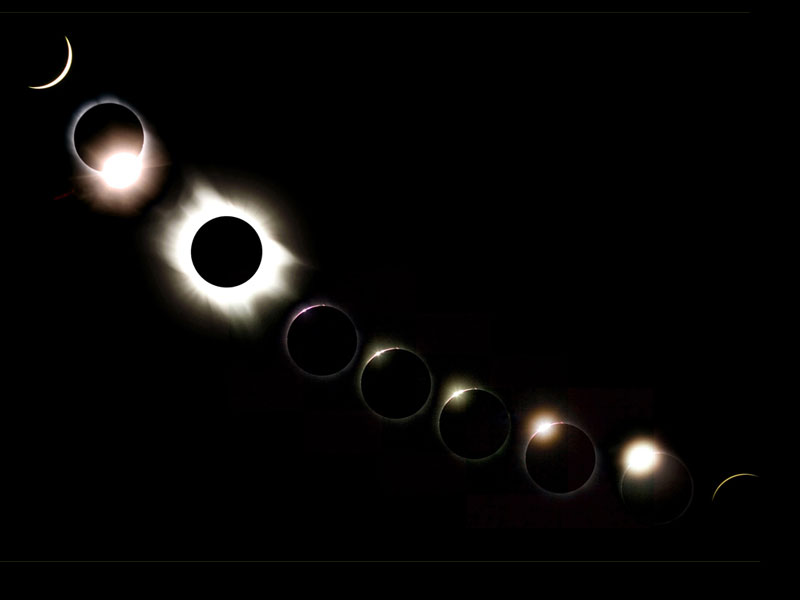Adding smiley emoticons to email makes you seem less competent.

Select Category Select Tag Select Archive ...read more

Select Category Select Tag Select Archive ...read more

USS Indianapolis (CA 35) is shown off the Mare Island Navy Yard, in Northern California, July 10, 1945, after her final overhaul and repair of combat damage. The photo was taken before the ship delivered atomic bomb components to Tinian and just 20 days before she was sunk by a Japanese submarine. Credit: U.S. Navy The sinking of the USS Indianapolis by an Japanese submarine in the closing days of World War II marked one of the U.S. Navy’s greatest maritime tragedies. But the recent redi ...read more

A new tool called the R-factor could help ensure that science is reproducible and valid, according to a preprint posted on biorxiv: Science with no fiction. The authors, led by Peter Grabitz, are so confident in their idea that they’ve created a company called Verum Analytics to promote it. But how useful is this new metric going to be? Not very useful, in my view. The R-factor (which stands for “reproducibility, reputation, responsibility, and robustness”) strikes me as a flaw ...read more

Select Category Select Tag Select Archive ...read more

A total solar eclipse on March 9, 2016, as seen by NASA’s DSCOVR spacecraft. Millions of people across the United States will cast their gaze upward to watch tomorrow’s total solar eclipse as it passes across the breadth of the nation. But what would it look like if you could gaze down on it from a million miles away in space? For an answer, check out the animation above. It consists of 13 images acquired by the EPIC camera aboard NASA’s DSCOVR spacecraft ...read more